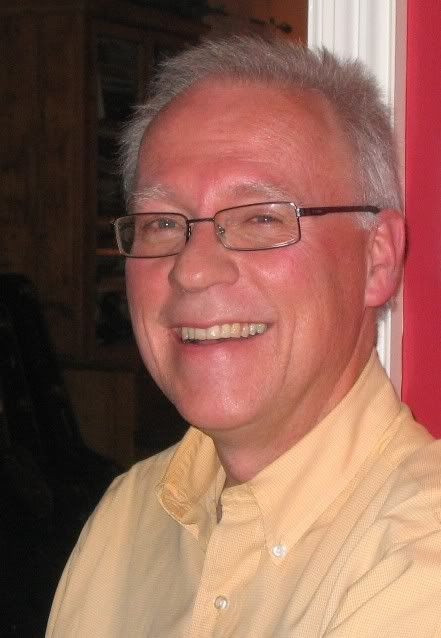[April 2001 journal entry]
I see four distinguishable points along a hermeneutic spectrum. (1) At one end of the spectrum are variations on the fundamentalist/evangelical (‘the Bible says/teaches’) method. This method is incompatible – in method and views/ideas -- with contemporary understandings of science, history, political theory, . . . . (2) At the opposite end of the spectrum are variations on the collapse of efforts to interpret phenomena due to a loss of confidence in the liberty of the human mind/spirit. (3) Back from the fundamentalist/evangelical end of the spectrum are liberalized variations on the ‘religious’ paradigm by which views/ideas that cannot be maintained as credible are trimmed away without altering/abandoning the basic disposition or language of ‘the Bible says/teaches’ method. (4) Back from the dispirited end of the spectrum is where a ‘non-religious’/‘from below’ approach to ethics and spirituality has taken me. A ‘non-religious’/‘from below’ method and perspective (e.g., unfiltered observation, the severe realities of human suffering, natural explanations for phenomena, . . . ) govern the interpretation of Jewish scripture, Christian scripture, and any other source. No source has final authority or shuts down the interpretation task.
